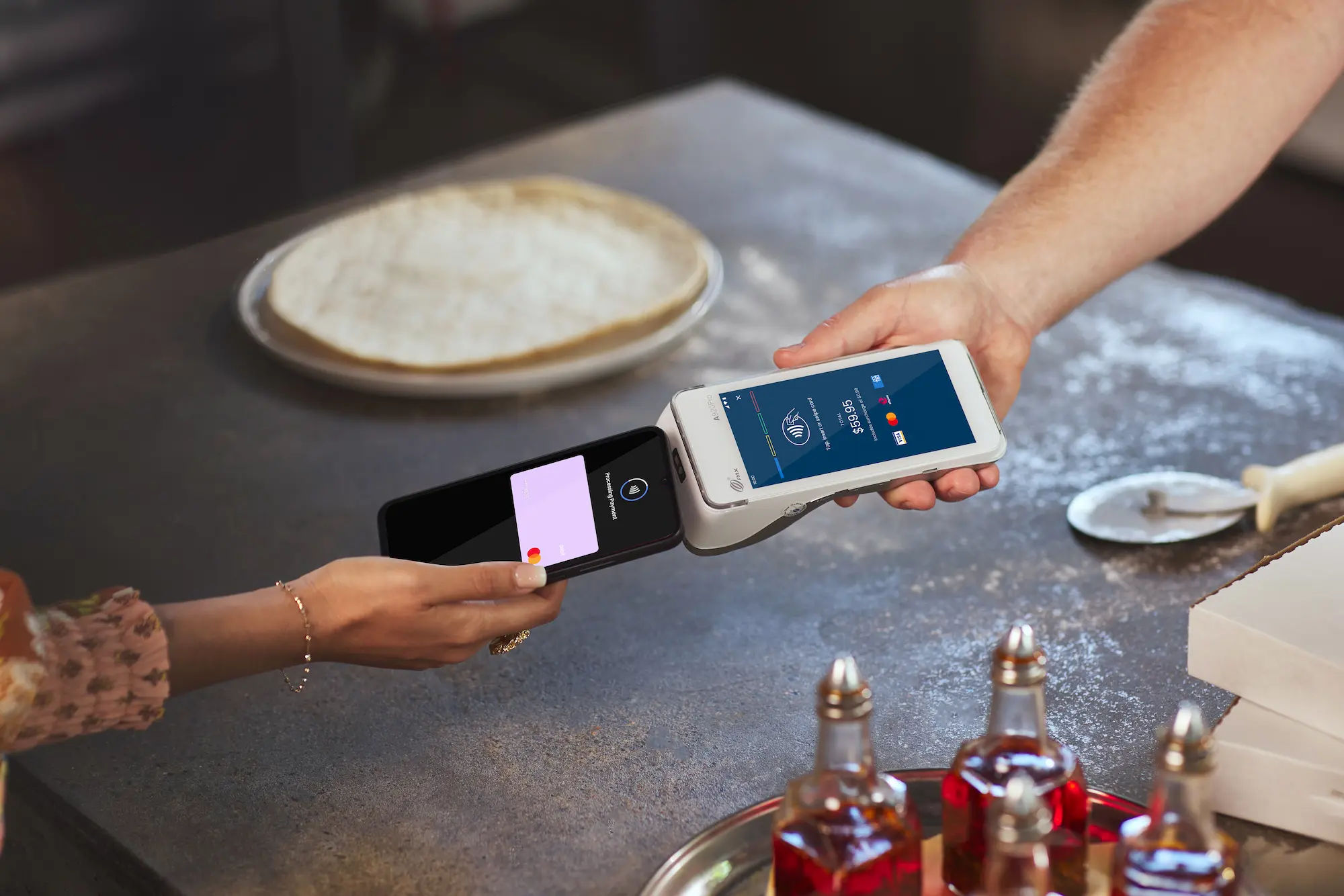

There’s a lot to consider when you’re in business and, unfortunately, protecting yourself and your customers from scammers is an ongoing task. So what are the scammers up to, and how can you stay scam savvy to avoid becoming another business fraud statistic? We’re here to help.
The Australian Payment Network’s payment fraud statistics from June 2023 reveal:
For AusPayNet, CNP fraud is a major concern, amounting to 90% of fraud on payment cards. Criminals use schemes such as phishing, online shopping scams, data breaches and e-skimming to acquire card information. The latest ACCC figures show Australians lost $3.1 billion to scams in 2022, an 80% rise on 2021 losses.
Scams come in various forms so, to protect your business, you need to stay up to date on the current scams and train your staff to spot them.
Social media scams are on the rise with schemes such as ‘copycat’ accounts and ‘secret sister’ fraud becoming prevalent. Both of these scams trick the consumer into clicking on malware links, capturing their passwords, personal info and sometimes bank details. Given consumers are increasingly using social media to guide purchasing decisions, these types of scams are likely to increase.
It’s not just professional scammers you need to be aware of. Unfortunately, there are also plenty of consumers out there who falsely report that packages never arrive and even claim fraudulent charges on credit cards to receive a refund. It’s important to stay vigilant and keep your eyes out for suspicious activity.
A chargeback is a reversal of a card transaction and usually happens when a cardholder raises a dispute with their bank about a purchase made with their credit or debit card.
As a result, the original sale amount plus a chargeback fee may be deducted from the business’ account. The reasons why chargebacks occur vary, but they’re generally the result of customer dissatisfaction with their purchase or because of unauthorised or fraudulent use of their card.
To minimise the risk of chargebacks, here are some tips:
Any credit card transaction where the card and/or cardholder is not present poses a higher risk to your business. Payments that are processed over the phone, email or Internet are known as mail order/telephone orders (MOTO). Being vigilant about unusual spending or behaviour can help you identify early warning signs that something may not be right with a MOTO order.
To minimise card fraud, educate your staff to take these payments securely by ensuring they obtain as much relevant information about the cardholder as possible. Don’t just automatically assume the person on the other end of the line or email is the cardholder.
Unfortunately, refund fraud through a merchant terminal is also quite common. This involves employees processing refunds (credits) to their own credit or debit card via your EFTPOS terminal. Essentially, this takes funds from your business’ bank account and puts them into the employee’s account.
Smartpay has measures in place to help protect your business from this type of fraud, including requiring a PIN to process the transaction. But we also encourage you to safeguard against refund fraud by strictly controlling access to your EFTPOS terminal, ensuring you change your refund password regularly, and always balancing EFTPOS settlement and refunds to check for large refund amounts.
We get it, you’re busy running your business, but it is worth taking the time to do extra checks.
If you come across an unusual transaction or you’re at all suspicious when a customer presents a credit card, ask for photographic identification (such as a driver’s licence or passport) and check that the details match. It’s also wise to record the details on your copy of the printed transaction receipt.
Scams and fraudulent attacks on innocent consumers and businesses are on the rise. You must keep ahead of the curve and educate yourself and your staff about credit card fraud to protect your business.
At Smartpay, we want to see your business thrive, and we want to arm you against these scammers, so check out our Smartpay Merchant Chargeback and Fraud Prevention Guide for more advice.
Want a safe and secure payment solution?
Choose a payments partner that takes fraud seriously and keeps your transactions safe. With Smartpay Zero Cost™ EFTPOS, you get a protected EFTPOS solution and can save up to thousands of dollars a year. Nice! Get in touch with the team at Smartpay today.
Say Goodbye to EFTPOS Bills or Contact Sales on 1800 982 834


Find out in less than a minute